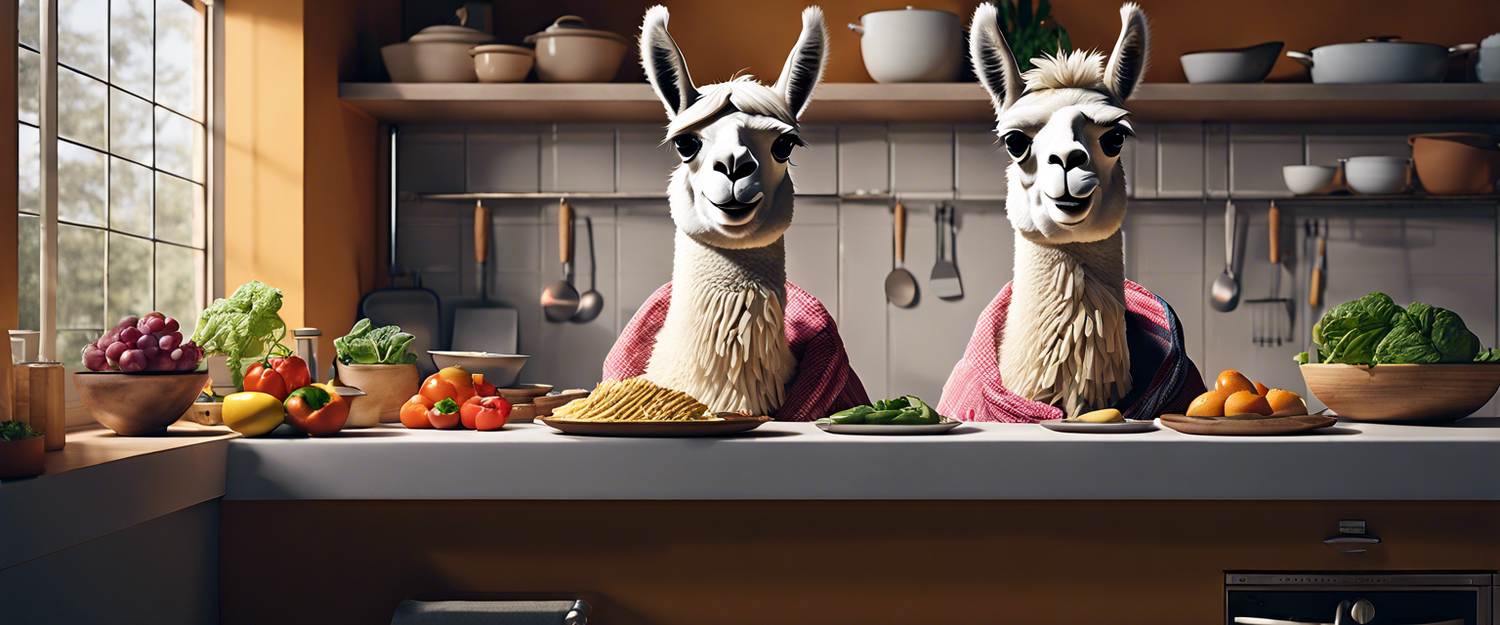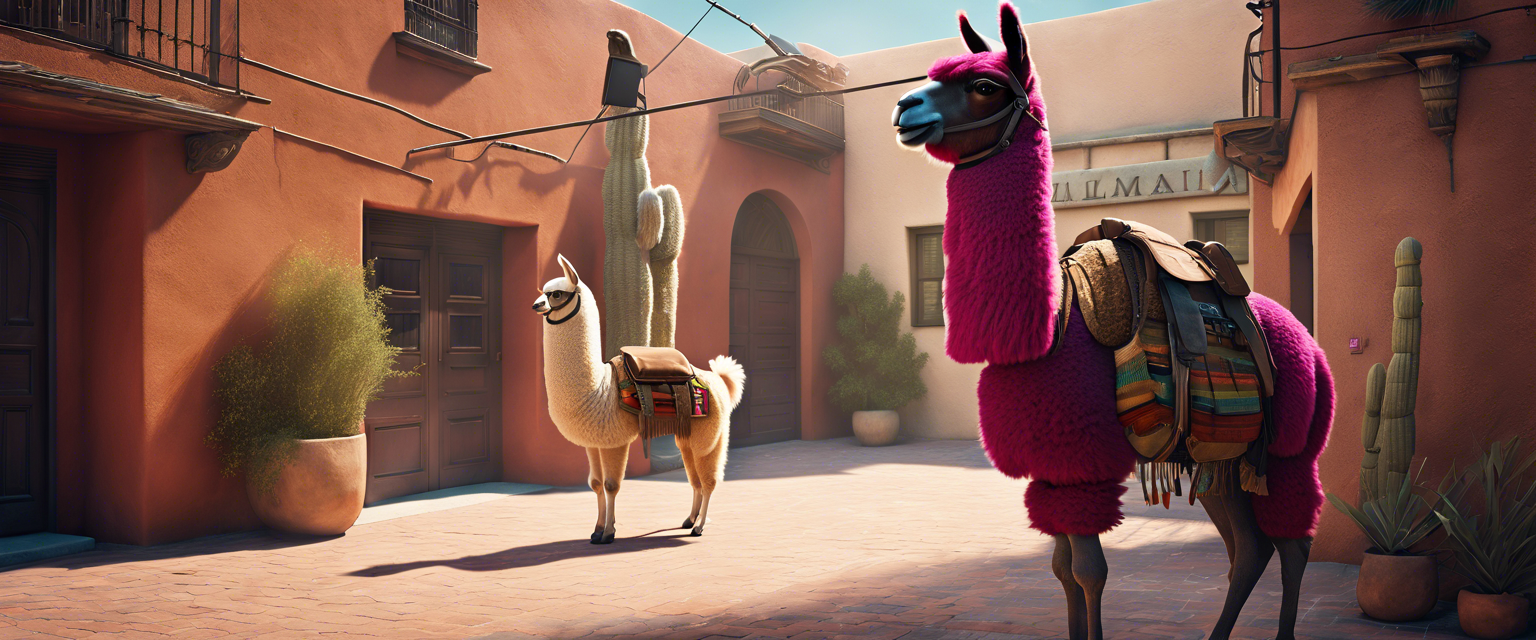Creating an AI-Powered Cooking Assistant with LLaMA 3.2 Vision
Welcome! In this guide, we are excited to embark on an innovative journey to develop a practical AI-powered cooking assistant. We will harness the capabilities of LLaMA 3.2 Vision, an advanced AI model from Meta, to analyze ingredient images and recommend recipes in real-time. With the assistance of Groq Cloud for efficient AI processing and Streamlit for crafting an interactive user experience, you will build a functional app by the end of this tutorial.
Whether you are a novice in AI or simply interested in how machine learning can enhance your culinary adventures, this tutorial offers a hands-on approach to these powerful tools.
Setting Up Your Conda Environment
Prior to delving into the coding phase, it's important to prepare your environment using Conda, a popular package and environment manager for Python. We will create a dedicated environment to keep all components organized.
Steps to Set Up Conda Environment:
- Install Conda: If you haven't installed Conda yet, download and install it here.
-
Create a New Conda Environment: Once Conda is installed, open your terminal or command prompt and run:
conda create --name cooking-assistant python=3.11 - This command creates a new environment named cooking-assistant with Python 3.11.
-
Activate the Environment:
conda activate cooking-assistant -
Install Required Packages: Next, let's install the necessary Python packages by running:
pip install groq streamlit python-dotenv
Creating the Main Application File
Create a file named main.py, where we will implement the core logic of our AI-powered cooking assistant. This file handles the uploading of images, sends them to the Groq Cloud API for analysis, and displays the results within a user-friendly interface built using Streamlit.
Initializing the Groq Client for Image Analysis
We start by setting up the Groq client, which will allow us to interact with the LLaMA 3.2 Vision model to analyze images uploaded by users.
# Groq client initialization codeExplanation:
- dotenv: Used to securely manage your API keys through a .env file that contains the Groq API key.
- Groq Client: The Groq client is initialized using the API key, enabling interaction with the LLaMA 3.2 Vision model.
Analyzing Ingredients Using LLaMA 3.2 Vision
Once the Groq client is ready, we need a function to send image data to the LLaMA 3.2 Vision model.
# Image analysis codeExplanation:
- Base64 Encoding: Images are converted to base64 format for transmission to the API.
- Groq API Call: The image is sent to the LLaMA 3.2 Vision model to identify the ingredients present.
Suggesting Recipes Based on Identified Ingredients
With the ingredients identified, we can then query LLaMA 3.2 for recipe recommendations based on the identified items.
# Recipe suggestion codeExplanation:
- Recipe Suggestion: The recognized ingredients are sent to the LLaMA 3.2 text model for recipe generation.
Building the Streamlit Interface
Having established the core functionality, we can now develop the Streamlit interface allowing users to upload images and receive ingredient identification alongside recipe suggestions.
Explanation:
- File Uploader: Users may upload one or more images directly to the interface.
- Image Processing: Each uploaded image will be analyzed, displaying the identified ingredients.
- Recipe Suggestion: Once all ingredients are recognized, the LLaMA 3.2 model will generate recipe ideas.
Running the Application
To run your application, navigate to the directory containing main.py in your terminal and execute:
# Command to run the appOnce the app is operational, upload images to see instant ingredient identification and real-time recipe suggestions!
What's Next?
- Explore other models: Consider experimenting with various LLaMA models available through Groq Cloud.
- Enhance functionality: Add additional features, such as saving favorite recipes or improving the accuracy of ingredient identification.
- Deploy your app: Think about deploying your application to a cloud platform like Heroku or Streamlit Cloud to share it with others.
Conclusion
In this tutorial, we successfully built an AI-powered cooking assistant that leverages the LLaMA 3.2 Vision model via Groq Cloud for ingredient analysis and recipe suggestions. By creating a streamlined interface with Streamlit, users can interact with the AI, uploading images and receiving instant feedback.
Having learned how to combine vision models with a web interface, you can further refine the assistant by adding more functionalities or enhancing its precision. This project exemplifies the integration of AI into everyday applications, yielding practical solutions for daily challenges.
Happy coding and cooking!



发表评论
所有评论在发布前都会经过审核。
此站点受 hCaptcha 保护,并且 hCaptcha 隐私政策和服务条款适用。